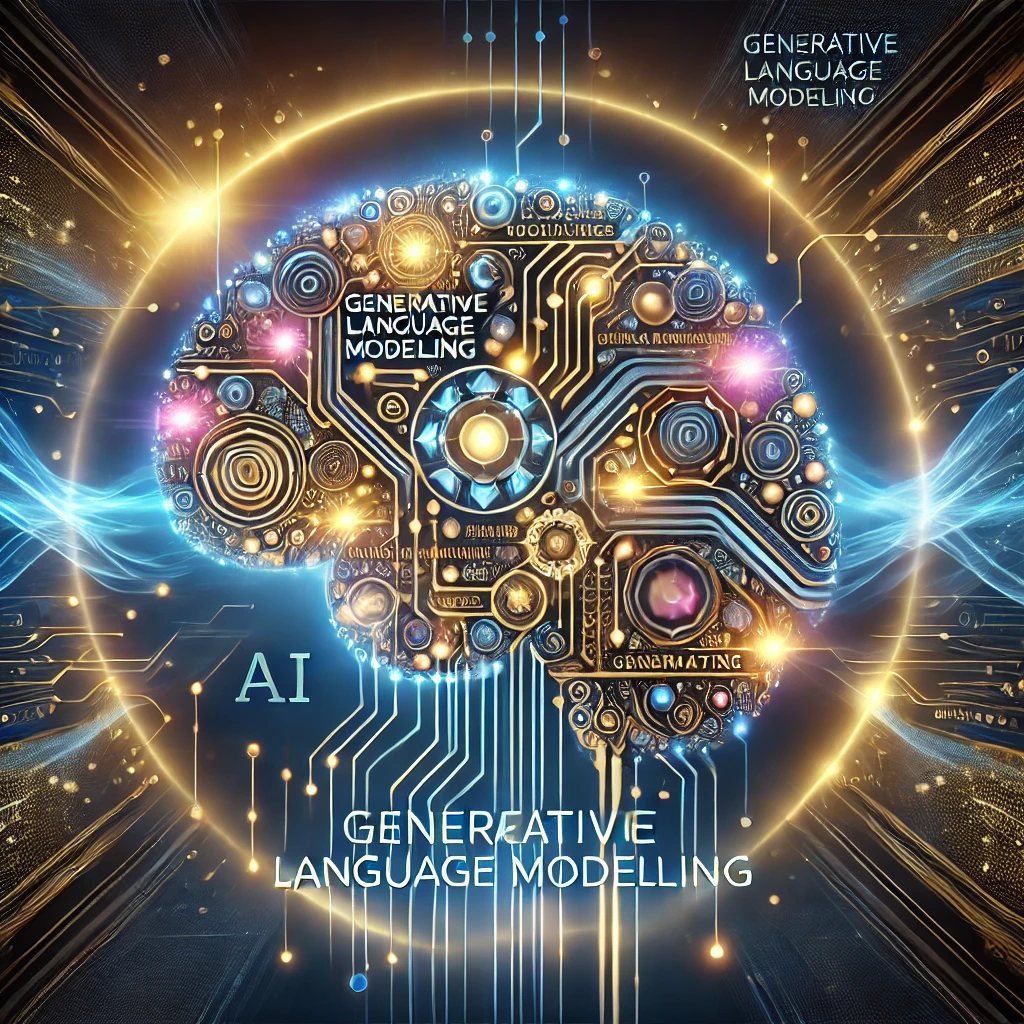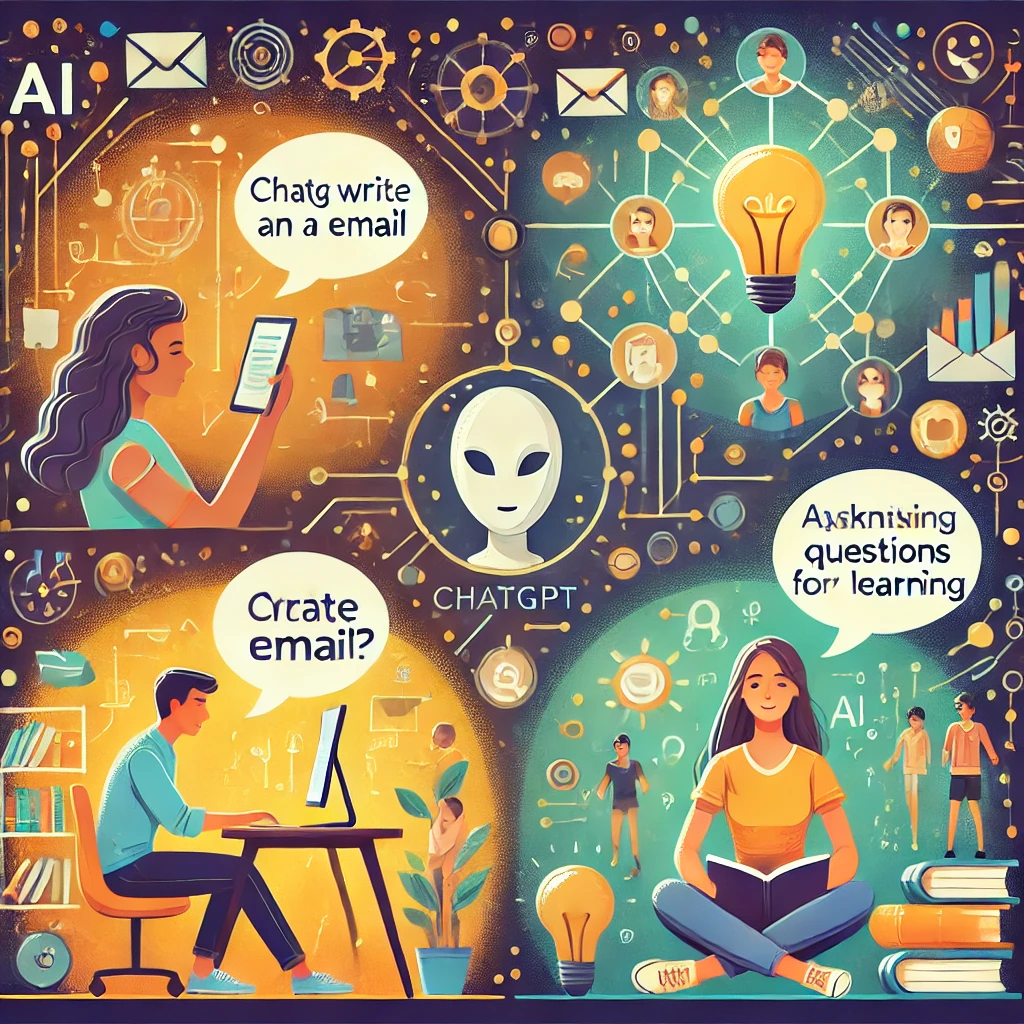
Why Understanding AI and Data Privacy is a Life Skill for Kids
Why is it important for kids to understand AI and data privacy? Discover how teaching these concepts empowers children to navigate the digital world safely and responsibly.
Disclosure: We are supported by our audience. We may earn a commission when you take action after following links from our site. Learn More.
Generative AI (Artificial Intelligence) has transformed how we communicate, create, and problem-solve, and at the forefront of this revolution is ChatGPT—a prime example of generative language modeling. Whether you’re drafting an email, brainstorming ideas, or simply having a conversation, ChatGPT can feel like a digital companion with near-human conversational ability.
But what makes ChatGPT so powerful? Why is generative language modeling so transformative, and how can you harness this technology to enhance your personal or professional life? Let’s dive in.

Generative AI language modeling refers to AI’s ability to understand and produce coherent, human-like text. At its core, it’s about pattern recognition—analyzing vast amounts of text data to predict what words come next in a sequence.
ChatGPT, powered by OpenAI’s GPT (Generative Pre-trained Transformer) architecture, takes this capability to the next level. It’s trained on a diverse dataset spanning books, articles, and web content, giving it a broad understanding of human language and the context behind it.


ChatGPT acts like a personal assistant, handling tasks such as:
For example, a busy professional might use ChatGPT to draft a report outline, saving hours of time.
Writers, marketers, and artists use ChatGPT and other generative AI tools to break through creative blocks. Need a compelling story idea or a catchy headline? ChatGPT provides suggestions, sparks inspiration, and even helps refine drafts.
Students and learners leverage ChatGPT as a tutor, asking it to explain complex concepts in simple terms. Its ability to simulate a conversational teacher makes learning interactive and engaging.

ChatGPT’s generative AI capabilities stem from the GPT model’s architecture. Here’s a simplified breakdown:
The result? A tool that understands context, handles ambiguity, and generates coherent, meaningful responses.

While ChatGPT is a powerful tool, it’s not without limitations:
Developers are continually working to address these challenges, making ChatGPT safer and more reliable.

To make the most of ChatGPT, consider these tips:

ChatGPT represents just the beginning of what generative language modeling can achieve. With advancements in AI, future iterations will likely include:
As AI continues to evolve, tools like ChatGPT will redefine how we interact with technology and each other.
ChatGPT isn’t just a tool; it’s a glimpse into the future of human-computer interaction. By unleashing the power of generative language modeling, ChatGPT has opened new doors for creativity, productivity, and learning. Whether you’re an entrepreneur, student, or casual user, the possibilities are endless.
Ready to explore how ChatGPT can enhance your life? Subscribe to our newsletter for tips, guides, and insights into the world of AI-powered tools. As always, don’t miss our Zippy Insights blog for other great content.

Why is it important for kids to understand AI and data privacy? Discover how teaching these concepts empowers children to navigate the digital world safely and responsibly.

AI text generators are transforming creativity, helping writers, marketers, and creators produce content faster and with less stress. These tools leverage advanced algorithms and natural language processing to generate human-like text in seconds, saving time and breaking through creative blocks. Discover how AI can supercharge your workflow, whether you’re drafting blog posts, creating social media content, or writing product descriptions. Ready to elevate your creative game? Explore the power of AI and unlock new possibilities!

AI in the workplace (AI) is no longer a futuristic concept—it’s a present-day reality reshaping how we work. From streamlining operations to enhancing creativity, AI

Get weekly updates of our AI and Tech content
There was a problem reporting this post.
Please confirm you want to block this member.
You will no longer be able to:
Please allow a few minutes for this process to complete.
Responses